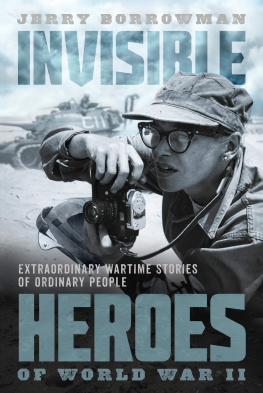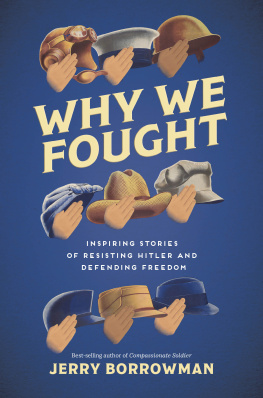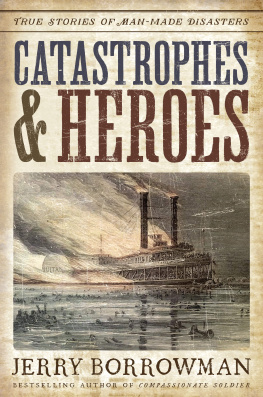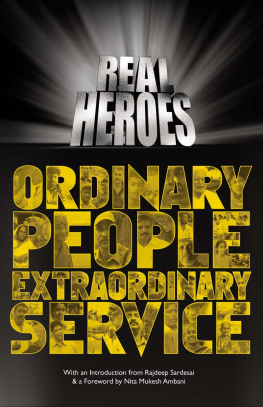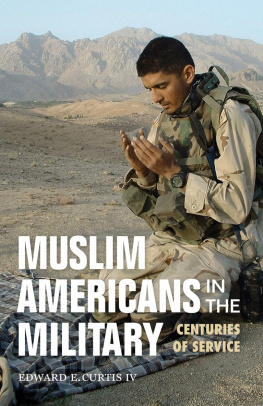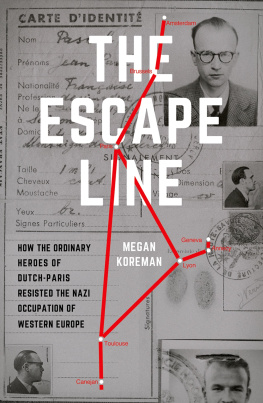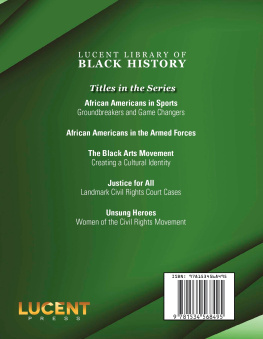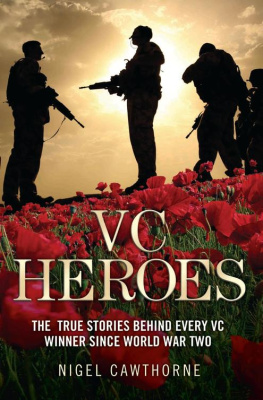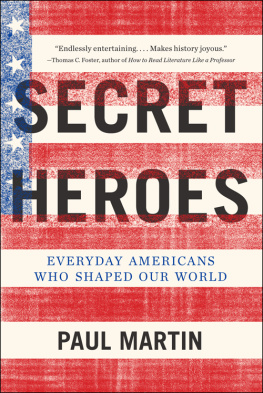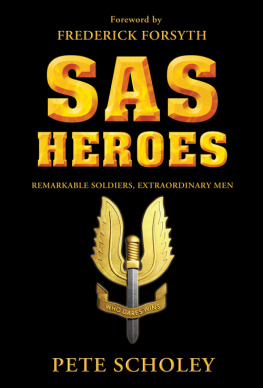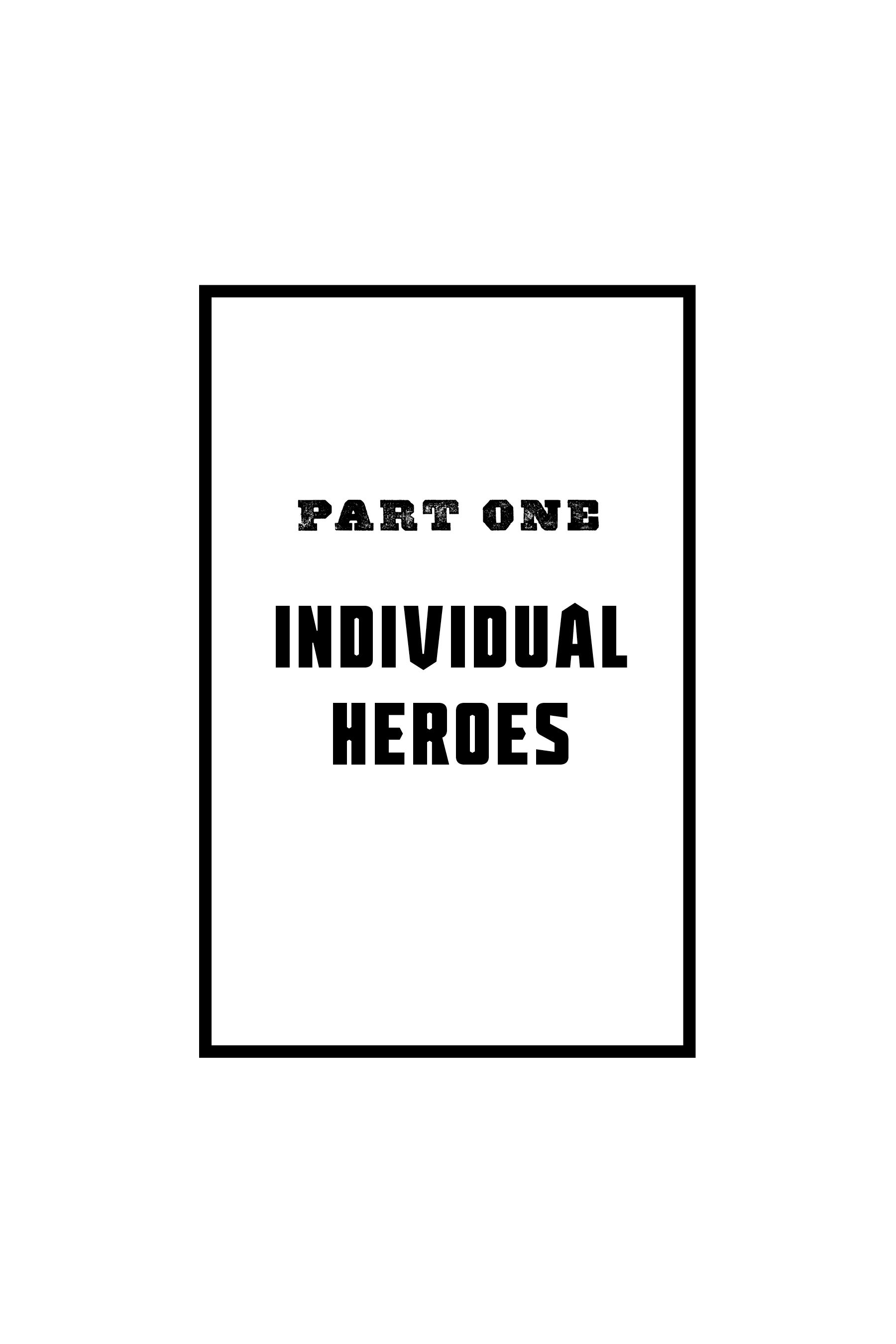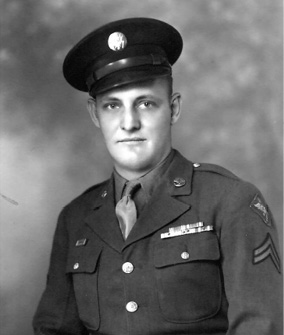2019 Jerrold J. Borrowman
All rights reserved. No part of this book may be reproduced in any form or by any means without permission in writing from the publisher, Shadow Mountain, at permissions@shadowmountain.com. The views expressed herein are the responsibility of the author and do not necessarily represent the position of Shadow Mountain.
Visit us at shadowmountain.com
Library of Congress Cataloging-in-Publication Data
Names: Borrowman, Jerry, author.
Title: Invisible heroes of World War II : extraordinary wartime stories of ordinary people / Jerry Borrowman.
Description: Salt Lake City, Utah : Shadow Mountain, [2019] | Includes bibliographical references and index.
Identifiers: LCCN 2018039673 | ISBN 9781629724171 (hardbound : alk. paper) | eISBN 978-1-62973-644-0 (eBook)
Subjects: LCSH: World War, 19391945Biography. | HeroesUnited States. | HeroesFrance. | LCGFT: Biographies.
Classification: LCC D736 .B67 2019 | DDC 940.84/12730922dc23
LC record available at https://lccn.loc.gov/2018039673
Printed in the United States of America
Publishers Printing, Salt Lake City, UT
10 9 8 7 6 5 4 3 2 1
COVER IMAGE CREDITS
Cover photograph courtesy of Wisconsin Historical Society, WHi-1942, Dickey Chapelle covering Operation Inland Sea.
Background jacket photography by Marius Hepp/EyeEm/Getty Images and DragonPhotos/Shutterstock.com.
Author photo by Lamonte G Photography.
Book design Shadow Mountain
Art direction: Richard Erickson
Design: Barry Hansen
Also by Jerry Borrowman
Beyond the Call of Duty
Compassionate Soldier
This book is dedicated to the men and
women of the United States military,
as well as the families who support them,
for the sacrifices they make in fighting for the cause of freedomand particularly to those who have achieved great things
despite discrimination and prejudice.
War is an ugly thing, but not the ugliest of things: the decayed and degraded state of moral and patriotic feeling which thinks nothing worth a war, is worse.... A man who has nothing which he is willing to fight for, nothing which he cares more about than he does about his personal safety, is a miserable creature, who has no chance of being free, unless made and kept so by the exertions of better men than himself.
John Stuart Mill, The Contest in America , 30.
Authors Note
Each of the chapters in this book shares inspiring stories from World War II. Some include additional incidents from other wars and military conflicts to more fully develop the theme and provide context. All of the chapters are about heroessome are individual profiles, others are about groups of men and women who often serve out of sight but never out of danger.
It is an honor to bring these stories to light so that the bravery and sacrifices of so many people offered in behalf of freedom are recognized.
Chapter 1
Pat Patton
Abandoned at Bataan
T he story that follows comes from personal interviews with Henry Robert Pat Patton, a survivor of the infamous Bataan Death March and prisoner of war in Japan during World War II. I took detailed notes during our interviews and then wrote the story in first person, doing my best to capture Pats voice and manner of expression. Pat reviewed the text to make sure it captured his thoughts and memories accurately and, before his death in March 2007, gave permission to have this account published.
Pat escaped the entirety of the Bataan Death March by fleeing into the jungle with a friend. He then helped organize a guerrilla campaign against the Japanese until his ultimate capture and imprisonment. Eventually, Pat was transferred to Japan as a slave laborer to work in the coal mines, where he suffered terrible physical privation and inhumane mental and emotional abuse. He witnessed the deployment of and destruction caused by the first atomic bomb, dropped on Hiroshima. As a prisoner of war, he was an invisible soldier. And, like the other soldiers captured in the Philippines who lived through the greatest defeat in American history, Pat returned to a country that was largely indifferent to his suffering.
Still, the survivor instinct that kept him alive when more than 30 percent of the Americans taken prisoner by the Japanese in the Philippines died, saw him through the rest of his life. His is one more witness of the indomitable human spirit that allows a person to survive and triumph over great horrors and persecution. Like the other American and Filipino soldiers who fought valiantly for freedom in the face of insurmountable odds, Pat is a hero.
A Memoir of Bataan
I grew up in Nebraska during the bleak years of the Great Depression, famous in history for the dust bowl that devastated our crops and filled the dusty skies with centuries of precious topsoil. Like many others, our family felt the effects of the creeping poverty afflicting American farmers and their families. Perhaps it was the anxiety and insecurity of those times that encouraged my mother and me to fight so much, but the truth is I was anxious to get away from my home just as soon as I could (my father died when I was just twenty months old). When war broke out in Europe, I figured that a draft couldnt be too far away, and I much preferred to choose my own way of serving, so I enlisted in the Army Air Force in 1940. The Army was my ticket to freedom; to get as far away from Nebraska as possible, I signed up for overseas duty. After basic and specialist training, I was assigned to the Philippines in March 1941. That was about as far away as I could get. My specialty was as a radio operator aboard military aircraft.
In 1940, the Army really didnt understand the military potential of an air force. Most of the generals in Washington thought it was nothing more than a battlefield gimmick that had some value in providing intelligence to ground troops but little practical application in battle. Their experience in World War I was that most air combat had been between the aircraft themselves, and that the occasional bomb dropped over the side by a pilot had little effect on the ground battle. But by 1941, the range, speed, and power of aircraft had expanded considerably, and the war in Europe was showing just how important this new technology was to the total war effort. Still, the staunch isolationist movement at home made it difficult for the Army or Navy to get funds to invest in airplanes. The effect was that the Army had very little functional equipment at the outbreak of the war. That was certainly true in the Philippines, where we had a handful of obsolete observation aircraft and a few small bombers and fighters. At most, we had about ten to eighteen operational bombers at Nichols Field. I was assigned to the Second Observation Squadron, where we trained on a Curtiss O-52 observation aircraft and Douglas B-18 bomber.
Most of us really enjoyed our service in the Philippines. It was oppressively hot in the winter months, but the lush vegetation and tropical setting was a perfect contrast to the drab Nebraska plains Id wanted to get away from so badly. Plus, I enjoyed having lots of friends around all the time, and, with no battles raging, we had plenty of time for rest and relaxation when not on duty. The threat of war was ever present, and all the experts figured that if we did engage the Japanese, the Philippines would be the first place attacked. Military planners assured us that they had laid in a six-month stockpile of food and ammunition, and that a Japanese attack on Manila would inevitably fail because of the big guns located on the island of Corregidor in the mouth of Manila Harbor. And even though we were thousands of miles from America, the Pacific fleet stationed in Honolulu, Hawaii, could easily reach us before the Japanese could mount a full invasion. So even though we were in a dangerous place, we werent really too concerned. Plus, being young and nave, we were actually kind of excited to get into battle and to experience the thrill of combat. Its hard to imagine now that we could have been so stupid.

